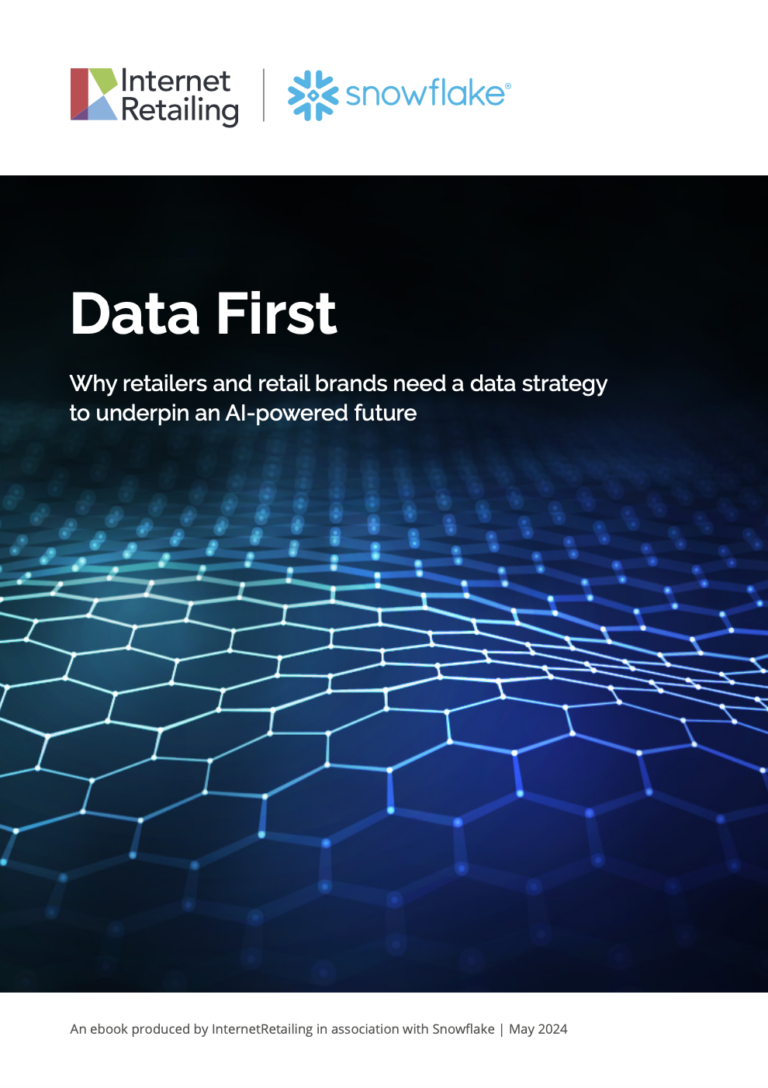Driven by the rise of mobile, last July Google launched enhanced campaigns, an easier way for marketers to manage cross-device paid search efforts, providing the ability to customise messaging and bids by device. So what has it achieved, wonders Justin Thorne, Marketing Director, EMEA at Kenshoo
Described by Google itself as the biggest modification to the AdWords platform “in the last ten years,” enhanced campaigns transformed how mobile advertising campaigns were planned, bought, and measured. July 22, 2013 was the official transition date, although campaigns could be migrated from earlier in the year. At the same time, Google introduced upgraded ad extensions, which gave marketers more control and deeper reporting on call extensions, app extensions, and sitelink extensions.
When enhanced campaigns were first introduced, many brands and agencies were hesitant about the changes, with worries about Google potentially taking away control and adding to costs.
Therefore, one year on, Kenshoo surveyed marketers from around the globe on their mobile marketing strategies and what the impact of enhanced campaigns has been.
The survey uncovered findings in five key areas:
1. The impact of Google enhanced campaigns is broadly positive
At the time it was announced, marketers were split about the impact that Google enhanced campaigns would have, with 40% having a negative attitude due to worries about a loss of control and decline in performance. Just 35% believed it would be a positive step. 62% felt that it would lead to an increase in spend, and over half (52%) felt it would increase Cost Per Click (CPC). 43% said they expected it to decrease overall paid search performance, relative to their own KPIs. This caution led to a gradual migration, with nearly three quarters (74%) moving a few campaigns at a time so that they could monitor performance, rather than a big bang approach of migrating all at once.
A year later, the picture is very different. 29% have experienced improved paid search performance, with just 25% seeing it worsen, well below the 43% prediction. 29% saw no change, showing that predicted turbulence was not as great as feared. Furthermore, only 46% of respondents reported a higher CPC. Longer term, the opportunities provided by enhanced campaigns are expected to further increase performance.
2. Mobile paid search budgets remain low
While its role varies dependent on audience, product needs, and the customer journey, mobile advertising is a growing channel to reach potential customers. However, our survey found that it isn’t yet being used widely as nearly two thirds (64%) of marketers spent 20% or less of their paid search budgets on mobile. Just over a quarter (26%) spent between 21-40%, and 9% allocated between 41-60%.
Enhanced campaigns bring together traffic across all devices into a single campaign, leading to a rethink on how marketers split their budgets. The survey found that 83% of respondents now bundled mobile and desktop paid search budgets. Clearly, multi-device marketing is becoming the default approach and that is a positive sign for the industry.
3. Marketers have multiple goals for mobile advertising
There was no dominant single goal behind mobile paid search advertising. A third of marketers (33%) used it to drive direct sales, with the same percentage aiming to increase online traffic from ads. Nearly one in ten (9%) wanted it to lead to phone calls, and just 2% to app installs. However 19% linked it to other conversion activity, showing the wide range of goals underpinning the tactic.
This was reflected in the different mobile functionality used in conjunction with advertising. 52% had implemented click-to-call buttons into mobile ads, while nearly half (47%) used location extensions, which dynamically provide business addresses or phone numbers dependent on where the consumer actually is. This feature is perfect for retail businesses with multiple shops.
4. Mobile drives a disproportionately higher share of paid search traffic
The number of searches from mobile devices is increasing as connected consumers often find their smartphone the easiest way to quickly access the right information. Mobile paid search is therefore of growing importance to marketers. Our survey found that mobile is responsible for over 21% of clicks on total paid search ads for the majority (51%) of marketers, with it making up between 5-20% for a further 40% of respondents.
As we’ve seen this doesn’t translate into a similar share of spend. This is potentially due to a discrepancy between investment and returns identified by the survey. 64% of marketers felt that mobile paid search performed worse than desktop campaigns, and just 22% said it performed better. Much of this may come down to where mobile sits in the customer conversion journey – often it can be early in the process, with final actions taken on other devices. Developments in measurement should make it easier to see the impact of mobile paid search, and consequently better understand performance.
5. New mobile features drive greater performance
While they were initially wary of the impact of enhanced campaigns, marketers pointed to new features such as upgraded ad extensions, mobile-preferred ad copy and group-level adjustments as positive changes. Obviously combining all of these features into a cohesive campaign drives the strongest performance, but nearly half (46%) singled out mobile-optimised landing pages as delivering the greatest impact. This was followed by 34% that felt that the ability to adjust mobile bids was most important to their success, while 11% ranked mobile ad extensions as most important.
As mobile devices become the primary choice for consumers to access the internet, search for information and research potential purchases, mobile paid search advertising is growing in importance. The Kenshoo survey shows that there is still a gap between expected and actual performance, but as new features (such as those within Google enhanced campaigns) are rolled out and marketers move beyond simply measuring the last click, we expect the industry to continue to respond and adapt to this multi-device world in order to drive optimal performance and meet the changing needs of consumers.









